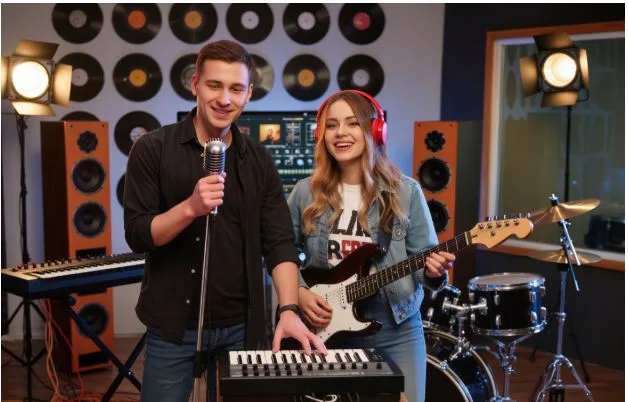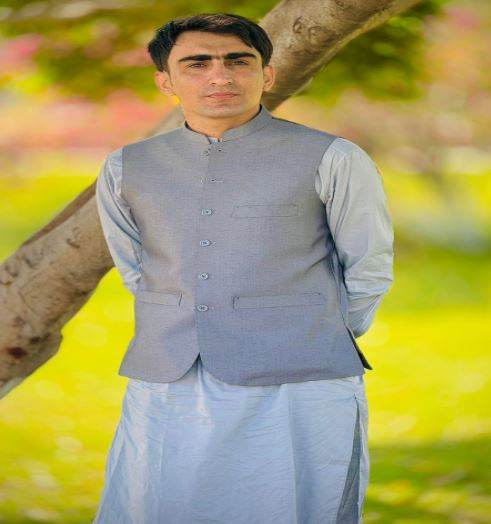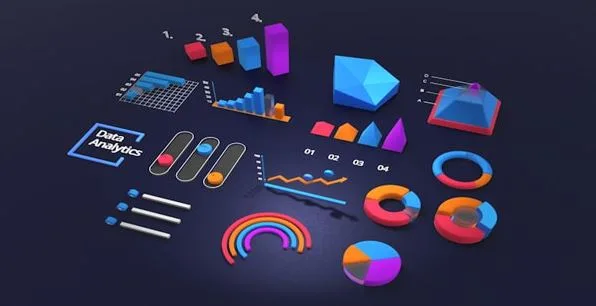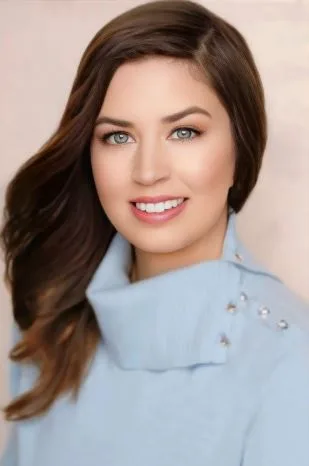Best AI Music Video Platforms for Experimental Artists – 2025 Guide
The art of music video creation has entered a new era with the rise of AI-driven platforms that make high-quality production accessible to everyone. These powerful tools allow experimental artists to design cinematic, emotionally rich videos without requiring specialized training or major financial investment. By combining machine learning and generative AI, these systems analyze a song’s rhythm, mood, and composition to create synchronized visuals within minutes. This evolution has opened the door for independent musicians to produce professional content that once required entire teams and expensive equipment. As TikTok, Instagram, and other visual-first platforms continue to dominate how audiences discover music, AI music video generators have become essential creative companions, empowering artists to enhance both their artistic identity and their reach.
What to Consider When Choosing an AI Music Video Generator
Finding the right AI platform depends on aligning its strengths with your artistic goals and workflow preferences. The leading solutions merge advanced AI modeling with intuitive, user-friendly design, enabling musicians to generate professional results regardless of experience level. Understanding which features matter most will help you make smarter choices, optimize your creative process, and get the best possible results from your investment.
Audio-Reactive Visuals
At the core of AI music video generation lies audio reactivity — the ability to translate music into motion. Audio-reactive visuals automatically respond to a track’s tempo, tone, and frequency spectrum, turning beats and melodies into dynamic animation sequences. These visuals evolve in real time, making the final product feel alive and rhythmically in tune with the music.
Platforms such as freebeat.ai and Neural Frames excel in this domain, offering hyper-synchronized visuals that perfectly mirror a song’s emotional and structural changes. The sophistication of these systems differs between platforms: the most advanced can detect subtle tempo shifts, breakdowns, and harmonic progressions, and then generate matching transitions or lighting changes. For experimental artists working with layered arrangements, this level of audio sensitivity transforms a video from simple accompaniment into a fully immersive audiovisual experience.
Customization and Creative Control
Customization defines how much control an artist has over the visual outcome. High-end AI platforms now support text-based prompts, allowing users to describe moods, colors, or visual styles in natural language. Systems like freebeat.ai, Pika 2.2, Kling 2.0, and Runway Gen-3 offer diverse aesthetic directions — from surreal animation to cinematic realism — giving creators a range of stylistic flexibility.
Artists can fine-tune parameters like lighting, motion intensity, pacing, and scene transitions, or use genre-based presets as a foundation. The best tools make it possible to adjust every visual element to ensure that the generated video reflects the artist’s intent. This degree of control is especially crucial for experimental creators whose music often blends genres and challenges conventional structure.
Ease of Use and Accessibility
A great AI video generator should remove friction from the creative process. Modern platforms emphasize simplicity, offering drag-and-drop uploads, one-click generation, and guided editing interfaces. This allows musicians to focus on creativity instead of learning complex video software.
Accessibility also extends to technical compatibility: cloud rendering eliminates the need for high-end computers, while multi-format support (MP4, MOV, WebM, etc.) ensures flexible output options. In addition, many platforms now provide integrated tutorials, real-time previews, and responsive customer support, ensuring a smooth and efficient user experience from start to finish.
Social Media Integration and Sharing
For artists, distribution is as important as creation. The top AI video tools integrate seamlessly with platforms like YouTube, Instagram, TikTok, and Spotify Canvas, enabling direct uploads or export presets tailored to each network’s aspect ratio, length, and compression settings.
Some platforms automatically generate multiple versions optimized for different platforms in a single export session. This streamlined process saves time, reduces post-production work, and ensures that videos look professional wherever they’re shared. The result: faster releases and broader reach across audiences.
Pricing Models and Licensing Terms
Budget and usage rights are key considerations when choosing an AI tool. Most services operate on one of three pricing structures:
- Free tiers, offering limited features and watermarked outputs;
- Pay-per-video options, suitable for occasional creators;
- Subscription plans, ideal for artists producing content regularly.
Licensing terms vary: some services include full commercial rights in their base plans, while others require an additional fee for monetized content. The expanding market has driven prices down significantly, allowing independent artists to produce professional-grade music videos at costs that were unimaginable just a few years ago.
Comparison of Leading AI Music Video Platforms
| Platform | Audio-Reactivity | Customization | Video Quality | Social Integration | Starting Price |
| freebeat.ai | Excellent | High | Cinematic | Full | $9.99/month |
| Neural Frames | Excellent | High | High | Good | $19/month |
| Kaiber | Good | Medium | High | Good | $5/month |
| RunwayML | Good | High | Excellent | Limited | $12/month |
| PIKA | Medium | Low | Good | Basic | Free tier |
The AI music video market has matured rapidly. What once required professional editors and software suites can now be accomplished in minutes through AI automation. Today’s platforms rival traditional workflows in visual quality and responsiveness, giving independent musicians creative freedom once reserved for major studios.
Platform Deep Dives
freebeat.ai
freebeat.ai has become a benchmark for AI-generated music videos, known for its ability to create beat-synced, cinematic visuals with minimal input. Artists can upload a song from Spotify, YouTube, SoundCloud, or local files, and within seconds the platform generates a dynamic video perfectly aligned with the track’s rhythm and mood.
Its biggest advantage is efficiency — transforming an ordinary track into a professional-looking video almost instantly. The platform supports various AI models such as Pika 2.2, Kling 2.0, Runway Gen-3, and Veo 2, combining their strengths to deliver realistic, emotionally engaging results suitable for pop, indie, or experimental genres.
Customization options are robust: users can input text prompts to influence style, pick from genre or mood presets, adjust animation tempo, and even fine-tune color grading. freebeat.ai strikes a balance between automation and control, making it equally appealing to novices and professionals.
Pricing is accessible, with subscriptions designed for frequent creators. For independent musicians seeking the best combination of affordability, speed, and cinematic impact, freebeat.ai remains one of the most compelling choices of 2025.
Neural Frames
Neural Frames stands out as the most technically advanced audio-reactive video generator available. It converts each nuance of a track — every beat, tone shift, and harmonic change — into a synchronized visual pulse. The platform’s deep real-time analysis produces stunning precision, ensuring that visuals evolve perfectly in sync with your song’s structure.
For artists working with unconventional rhythms or ambient textures, this sensitivity makes Neural Frames uniquely capable of turning complex music into equally intricate visual compositions.
The platform offers flexible customization through controls for visual style, tempo response, and effect intensity. Despite its sophistication, Neural Frames maintains an intuitive workflow with quick rendering and direct sharing options to social media. It is especially popular among experimental musicians and audiovisual performers seeking true sound-to-vision coherence.
Kaiber
Kaiber brings storytelling to AI video generation. Its system analyzes lyrical content and overall song mood to create narrative-driven visuals that complement emotional tone and message. For artists who emphasize narrative or symbolic depth, Kaiber’s lyric-based interpretation is invaluable.
Its design prioritizes simplicity — the interface is beginner-friendly, ideal for quick production or idea prototyping. While it offers fewer manual controls compared to platforms like freebeat.ai or Neural Frames, its ease of use makes it ideal for artists who prefer AI-led interpretation over hands-on editing.
Kaiber’s strengths shine in projects like lyric-focused animations, teaser videos, or surreal storytelling concepts. It’s especially suited to experimental artists who enjoy letting the AI surprise them with creative visual interpretations of their songs.
RunwayML
RunwayML is tailored for creators who like to stay deeply involved in the process. Unlike automated systems, it offers real-time editing, allowing users to adjust elements during video generation. This interactive approach makes it a favorite among teams and collaborations, where multiple contributors can refine a shared project simultaneously.
RunwayML excels at mixed-media integration. Artists can combine photos, video clips, and AI-generated sequences to create complex hybrid visuals. Its professional-grade editing tools give it an edge for experimental projects that merge reality and imagination.
For creators who see video production as part of the art itself — not just a technical step — RunwayML provides unparalleled control and flexibility.
PIKA
PIKA focuses on accessibility and speed, powered by machine learning trained on large visual datasets. It generates distinct, sometimes unpredictable visuals directly from audio input, offering inspiration through surprise.
Its streamlined interface removes technical hurdles, enabling quick concept creation and effortless video exports. While its customization options are more limited, its simplicity appeals to musicians who want to generate engaging visuals rapidly without deep editing.
PIKA is particularly useful for artists exploring early-stage ideas, demo projects, or short visual loops to accompany releases. For professionals, it can act as a fast sketchpad for visual experimentation before moving to more advanced platforms.
Choosing the Right Platform for Experimental Projects
Selecting your ideal AI music video generator involves assessing your artistic priorities, workflow preferences, and promotional needs.
| Priority | Recommended Platform | Key Strength |
| Cinematic Quality | freebeat.ai | Advanced AI models, filmic output |
| Audio Synchronization | Neural Frames | True real-time sound response |
| Narrative Storytelling | Kaiber | Mood and lyric interpretation |
| Creative Control | RunwayML | Real-time editing and collaboration |
| Simplicity | PIKA | Quick setup, instant generation |
Ask yourself: Do you need maximum control or fastest turnaround? Are you focusing on visual experimentation or social media visibility? What’s your sustainable budget for ongoing content creation? The answers to these questions will guide you toward the best fit for your creative strategy.
For viral pop content, prioritize strong social integrations. For ambient or avant-garde projects, focus on audio-reactivity and style customization. Artists producing story-driven music should choose a platform that understands narrative flow and emotional pacing.
Frequently Asked Questions
What Features Benefit Experimental Artists the Most?
Experimental musicians thrive on flexibility and unpredictability. The ideal platform provides responsive audio-visual mapping, deep customization for abstract ideas, access to multiple AI models for stylistic variety, and a straightforward interface that supports fast iteration without limiting artistic intent.
Are Free AI Video Generators Professional Enough?
Free tools can be great for experimentation and early concepts but often limit resolution, export formats, and licensing rights. For official releases or monetized content, investing in premium plans (like freebeat.ai’s) ensures higher quality, brand-safe licensing, and consistent performance.
How Do These Platforms Achieve Beat Synchronization?
AI models use audio analysis algorithms to detect beats, frequencies, and transitions, aligning animations and effects precisely with musical timing. Advanced systems can respond to harmonic shifts or instrumental solos, ensuring natural flow and emotional alignment.
Can AI Replace Traditional Production Studios?
AI video creation is revolutionizing production, but it doesn’t entirely replace traditional methods. It’s ideal for digital-first and experimental content, yet large-scale cinematic storytelling or live-action shoots may still rely on conventional techniques. The best results often combine both worlds: AI for speed and inspiration, traditional editing for refinement.
What About Ownership and Licensing?
Licensing differs across platforms, but reputable AI tools usually grant full commercial rights in paid plans. Always verify terms regarding usage, redistribution, or attribution. Leading services such as freebeat.ai include clear, unrestricted licensing for professional use, ensuring creators own their final output completely.
Final Thoughts
AI music video platforms have fundamentally transformed the creative landscape, giving experimental artists unprecedented control and freedom. Whether you value precision, simplicity, or cinematic flair, the right tool can amplify your vision and connect your sound with global audiences. In 2025, these platforms are not just software — they’re creative collaborators redefining what music and visuals can achieve together.






